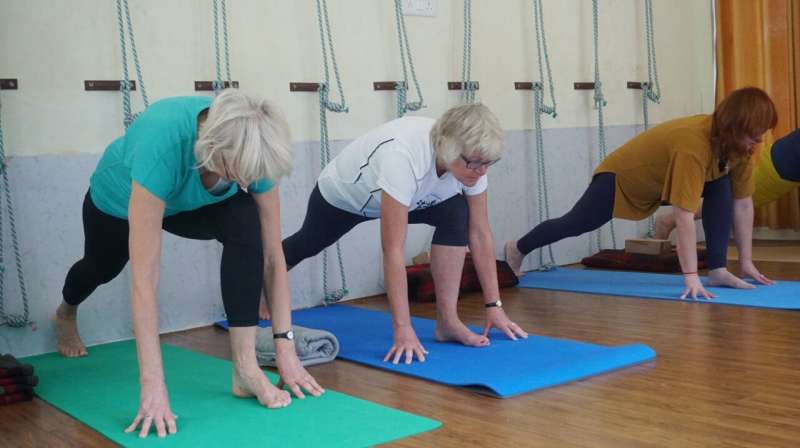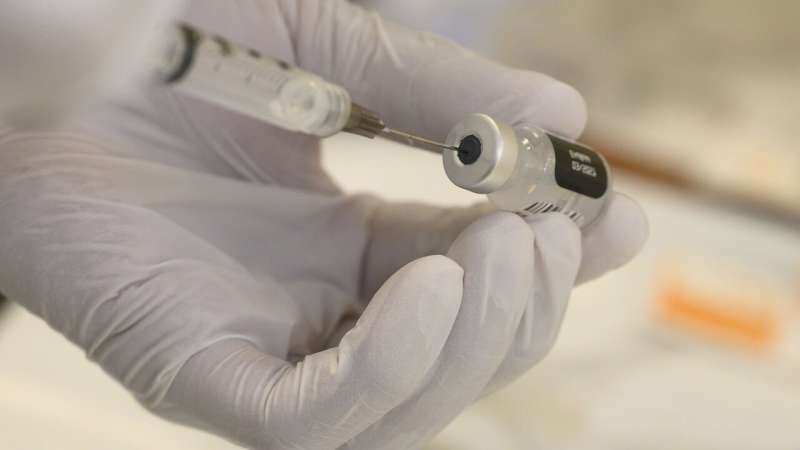Integrating Exercise and Rehabilitation into Breast Cancer Care: Insights from a Recent Clinical Trial

A groundbreaking randomized controlled trial has demonstrated the benefits of incorporating exercise and rehabilitation services directly into the care pathway for breast cancer patients. This innovative program aims to connect newly diagnosed individuals—those with stage I–III breast cancer scheduled for surgery—to tailored exercise and rehabilitation services starting from diagnosis and continuing throughout treatment. Participants responded positively, highlighting improvements in physical function, symptom management, and overall quality of life.
The study, published in the journal Cancer, employed the CORE (Comprehensive Oncology Rehabilitation and Exercise) clinical workflow algorithm over a 24-week period. It involved 72 patients in the United States who were randomized in a 2:1 ratio to either the CORE program or standard care. Patients were triaged based on self-reported data into different service categories: exercise, rehabilitation, or self-managed exercise.
Those requiring exercise services participated in hospital-based programs designed to enhance fitness and physical strength, while individuals with complex neurological or musculoskeletal deficits received personalized rehabilitation assessments and interventions to address specific impairments such as limited shoulder mobility or nerve injuries. Interestingly, 93% of the participants completed the triaging process, and 62% of those referred to services engaged fully with their assigned programs.
Feedback from participants was overwhelmingly positive. Many reported significant relief from treatment-related symptoms and a strong motivation to maintain physical activity. The study's senior author, Dr. Adriana M. Coletta from the Huntsman Cancer Institute, emphasized that the CORE model could serve as a scalable workflow to seamlessly integrate these supportive services into routine cancer care. This approach aligns with national efforts, notably by the American College of Sports Medicine, to make exercise and rehabilitation standard components in oncology treatment pathways.
For centers lacking embedded services, the study recommends using the triaging algorithm in collaboration with resources such as the American College of Medicine's Moving Through Cancer Exercise Program Directory. Overall, this research underscores the importance of early and continuous exercise and rehabilitation interventions in improving outcomes for breast cancer patients, marking a significant step toward holistic, patient-centered cancer care.
Stay Updated with Mia's Feed
Get the latest health & wellness insights delivered straight to your inbox.
Related Articles
How 'Silent' Nerve Cells Trigger Aggression in Mother Mice
New research uncovers how hormonal activation of dormant nerve cells in the brain triggers aggressive behavior in mother mice, shedding light on neural plasticity during motherhood.
Large-Scale Study Finds No Increased Risk of Guillain-Barré Syndrome from mRNA COVID-19 Vaccines
A global study involving over 230 million people confirms that mRNA COVID-19 vaccines do not increase the risk of Guillain-Barré syndrome, while highlighting the higher risk associated with COVID-19 infection itself. Continuous safety monitoring supports the importance of vaccination in pandemic control.
Identifying Who Is Most at Risk of Missing Follow-Up Care for Diabetic Eye Disease
A new study identifies key sociodemographic factors that increase the risk of missed follow-up care in diabetic eye disease, emphasizing the need for targeted strategies to prevent vision loss.
Study Highlights the Impact of Dental Shame on Oral Health and Help-Seeking Behavior
A new study reveals how dental shame limits help-seeking for oral health issues, highlighting the need for more empathetic, inclusive dental care practices to reduce health inequalities.



